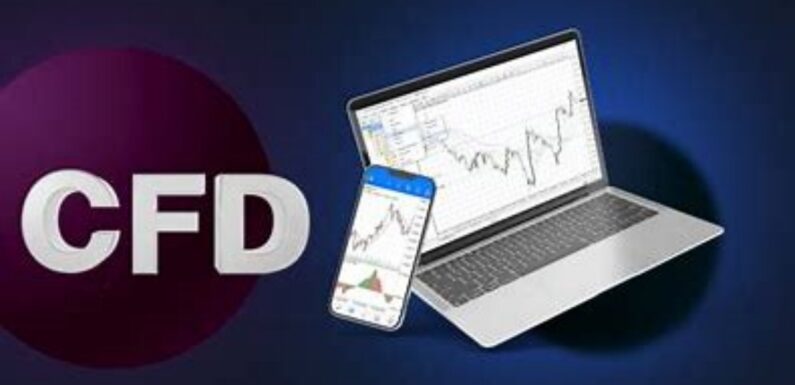
Diving into the world of CFD trading can be both exhilarating and daunting, much like standing at the edge of a cliff deciding whether to jump or not. The rush of adrenaline is palpable, and the fear of the unknown is equally present. But what exactly are CFDs, and why do they attract so many traders to the markets (referred to as اسواق in Arabic)? Let’s explore the Risk and Reward of CFD Trading in a comprehensive analysis that aims to demystify this financial instrument and its impact on the markets.
The Allure of CFD Trading
CFDs, or Contracts for Difference, are a popular form of derivative trading that allows investors to speculate on the price movements of various assets without actually owning them. This is akin to betting on the outcome of a sports game without having to buy a ticket for every match. The appeal lies in the flexibility and leverage that CFD trading offers, enabling traders to potentially profit from both rising and falling markets.
Understanding the Market Dynamics
To truly grasp the essence of CFD trading, one must first understand the market dynamics at play. The markets are a complex web of economic indicators, global events, and investor sentiment, all of which influence the price movements of the underlying assets. By analyzing these factors, traders can make informed decisions about where to place their CFD trades.
Leverage: A Double-Edged Sword
One of the most enticing aspects of CFD trading is the use of leverage, which magnifies both potential profits and losses. This is the financial equivalent of using a power tool – it can greatly increase your efficiency, but also carries the risk of causing significant harm if not used properly. It’s crucial for traders to understand the implications of leverage and to manage their risk accordingly.
Risk Management Strategies
Effective risk management is the cornerstone of successful CFD trading. This involves setting stop-loss orders, diversifying one’s portfolio, and regularly reviewing trading strategies. It’s about striking a balance between the potential for reward and the likelihood of incurring losses. By implementing these strategies, traders can mitigate the risks associated with CFD trading and enhance their chances of success.
The Emotional Aspect of Trading
Trading CFDs is not just a numbers game; it’s also an emotional journey. The highs of hitting a winning trade can be as exhilarating as the lows of a losing streak. It’s important for traders to maintain a level head and not let emotions dictate their trading decisions. Developing a strong mindset and discipline is key to navigating the emotional rollercoaster that comes with CFD trading.
The Role of Analysis of CFD Trading
a comprehensive Analysis (referred to as تحليل التداول بالعقود مقابل الفروقات in Arabic) of CFD Trading is essential for traders to understand the intricacies of the markets and the factors that influence CFD prices. This includes technical analysis, which focuses on historical price patterns, and fundamental analysis, which examines the underlying economic and financial factors. By combining these two approaches, traders can gain a more holistic view of the market and make better-informed decisions.
The Impact of Global Events
Global events, such as political elections, economic crises, and natural disasters, can have a profound impact on the markets and, by extension, on CFD trading. Traders need to stay informed and be prepared to adapt their strategies in response to these events. Being able to quickly assess the implications of such events and adjust one’s trading approach is a mark of a skilled CFD trader.
The Importance of Education and Continuous Learning
a well-informed trader is a successful trader. The world of CFD trading is constantly evolving, with new strategies, tools, and platforms emerging all the time. It’s important for traders to invest in their education and stay up-to-date with the latest market trends and developments. Continuous learning is the key to staying ahead of the curve and maximizing one’s potential in the markets.
In Conclusion
CFD trading is a high-risk, high-reward endeavor that requires a combination of knowledge, skill, and emotional control. By understanding the market dynamics, leveraging the right tools, and implementing effective risk management strategies, traders can navigate the complex world of CFD trading and potentially reap the rewards. Remember, the markets are a playground for the prepared, and with the right approach, CFD trading can be a thrilling and profitable adventure.


